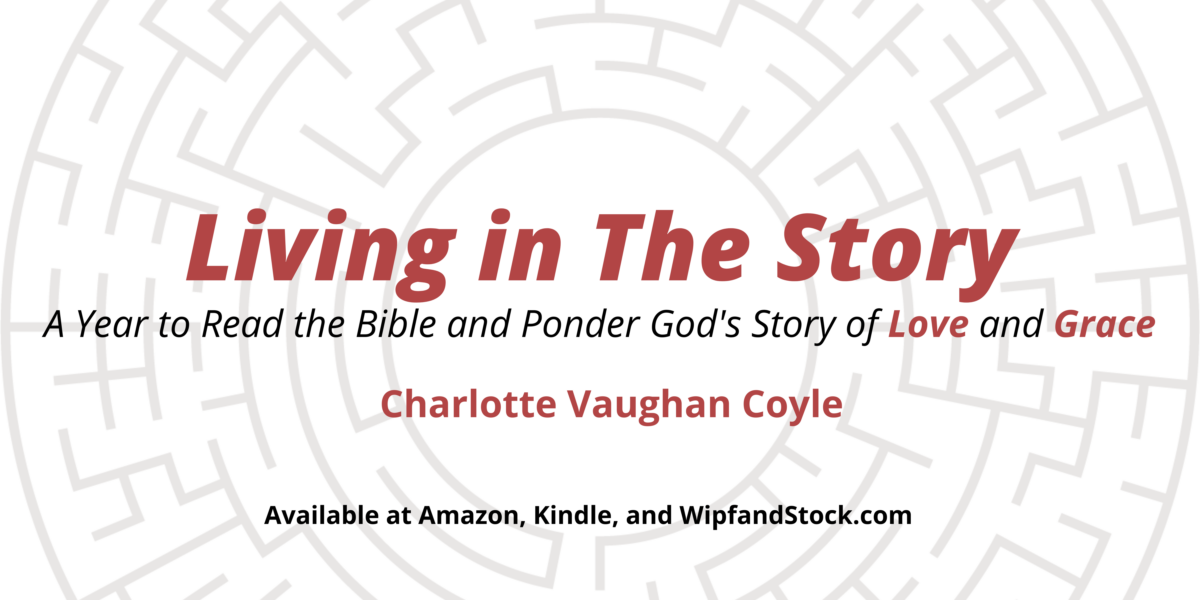Ezra and Nehemiah are short books, around a dozen chapters each. Most likely they were originally one literary work so this may explain why some of the chronology confuses scholars who try to reconstruct the Ezra-Nehemiah story within history. Dating events in post-exilic Israel begins with dating the kings of the east alluded to these stories . . .
Ezra was a scribe, trained in the meticulous production and reproduction of manuscripts, thus scribes were widely respected as learned and knowledgeable people. Ezra’s account of the restoration history begins with King Cyrus, the Persian monarch who had conquered Babylon’s empire. In the language of faith (not simple history), Ezra asserts that the Lord God put it into the king’s heart to restore the Jewish people to their homeland. So around the middle of the sixth century BCE, Cyrus returned treasures that had been plundered from Solomon’s Temple, outfitted the travelers with supplies, and encouraged Persian citizens to contribute financially to their quest as the first wave of exiles returned to their homeland . . .
The early exiles engaged the hard work of resettling Jerusalem and rebuilding the Temple. This Second Temple was dedicated ca. 516 BCE, just about seventy years after the Jews had been removed from Israel . . .
Ezra returned to Jerusalem about fifty-eight years after the Temple was rebuilt (mid-fifth century BCE). His particular challenge was to reestablish proper Temple worship and instruct the people in the Law and its requirements for life and piety. Nehemiah probably arrived in Jerusalem about a dozen years after Ezra with the task was of rebuilding the walls around the city and reestablishing Jerusalem’s civil society . . .
This week we complete our reading of The Revelation of Jesus Christ to John
Revelation 21 offers a final vision of creation’s eschatological future. It’s a glorious picture of hope as we hold on to faith that the Creator is bringing all-that-is to a good and perfect consummation. The Revelation pictures Creator/Christ as the Alpha and the Omega, the Beginning and the End, the First and the Last. God who is All-in-All is bringing into being a new heaven and a new earth, “a new Jerusalem” coming down from heaven. (Consider how important this image would be for Christians of John’s time who had experienced the destruction of the beloved Jerusalem.)
There is no temple in this heavenly city because . . .
. . . its temple is the Lord God the Almighty and the Lamb. And the city has no need of sun or moon to shine on it, for the glory of God is its light, and its lamp is the Lamb.
Rev. 21. 21-23
In the walls of this eschatalogical city, there are twelve gates that are twelve pearls. And the gates are always open . . .
Read more at Charlotte Vaughan Coyle, Living in The Story: A Year to Read the Bible and Ponder God’s Story of Love and Grace (Resource Publications).

